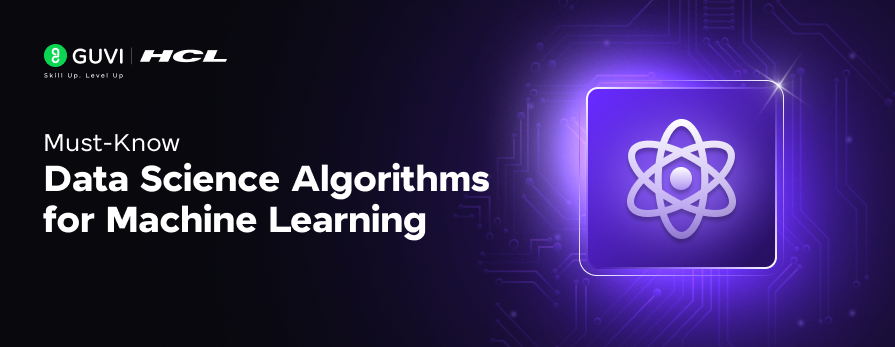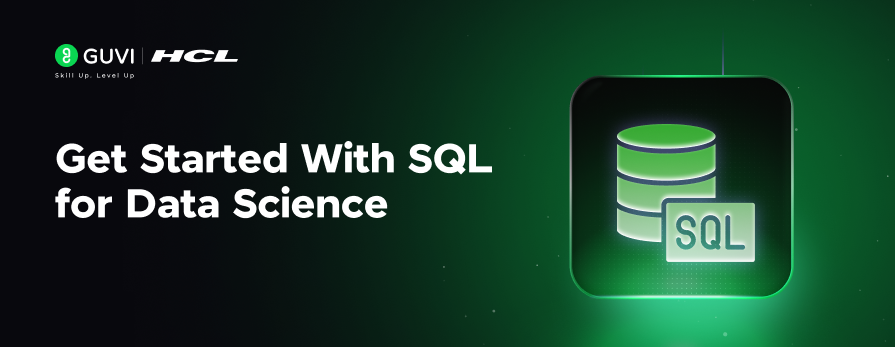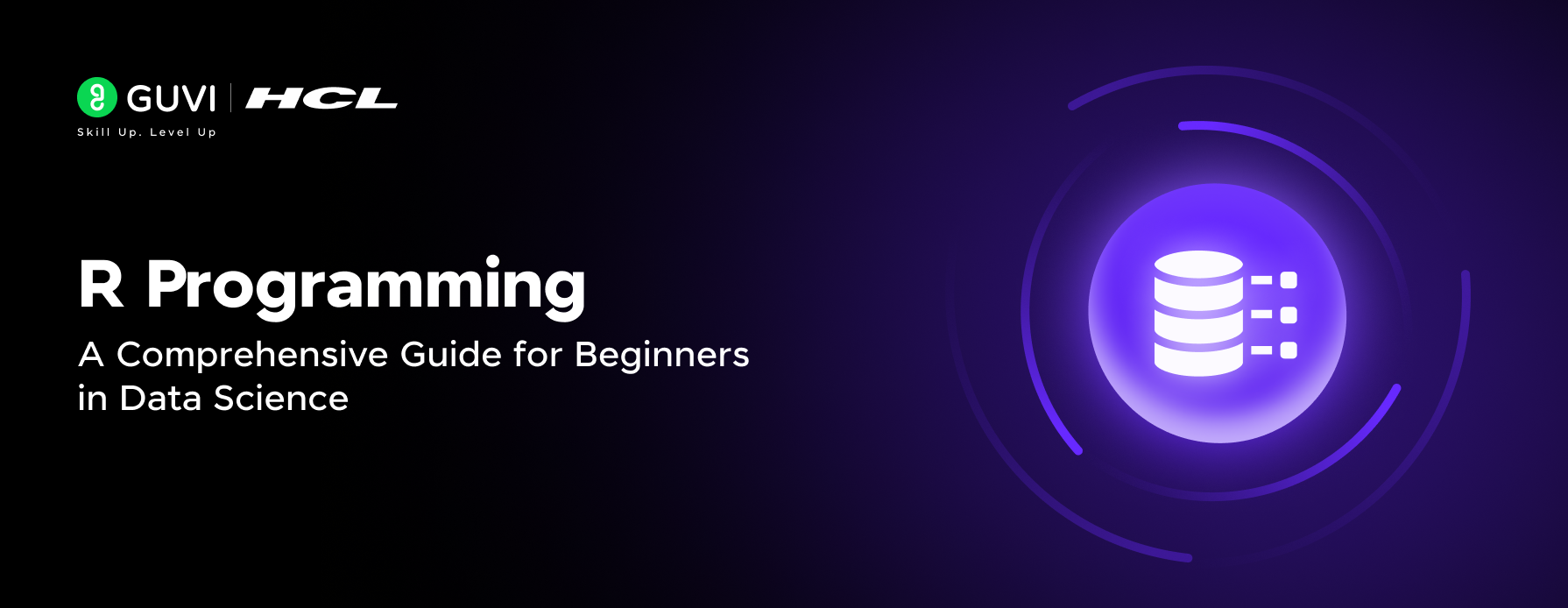
Data Transformation: Types, Process, Benefits & Definition
Jan 31, 2025 6 Min Read 4392 Views
(Last Updated)
In today’s data-driven world, you’re constantly bombarded with information from various sources. But raw data often needs a makeover before it becomes useful. That’s where data transformation comes in.
This process turns raw data into a format that’s ready for analysis, helping you make sense of the vast amounts of information at your fingertips. Data transformation is a key step in data management, playing a crucial role in ensuring data quality and enabling data-driven decision-making.
In this article, you’ll learn what data transformation is, its different types, the process, and its benefits.
Table of contents
- Understanding Data Transformation
- Definition and Importance
- Key Components
- Types of Data Transformation
- ETL vs ELT: Choosing the Right Approach
- Understanding ETL
- Understanding ELT
- Pros and Cons
- Best Use Cases
- Types of Data Transformation
- 1) Constructive Transformation
- 2) Destructive Transformation
- 3) Esthetic Transformation
- 4) Structural Transformation
- The Data Transformation Process
- Data Discovery
- Data Mapping
- Data Extraction
- Code Generation and Execution
- Review and Validation
- Sending
- Benefits of Data Transformation
- 1) Improved Data Quality
- 2) Enhanced Analytics
- 3) Increased Efficiency
- 4) Better Decision Making
- Takeaways...
- FAQs
- What are the types of data transformation?
- What are the types of transformation in ETL?
- What is data transformation workflow?
- What are the stages of data transformation?
Understanding Data Transformation
Definition and Importance
Data transformation is the process of converting, cleaning, and structuring raw data into a usable format for analysis and decision-making. It’s a crucial step in data management that ensures your information is accessible, consistent, and secure.
As you deal with massive amounts of data from various sources daily, data transformation has become an essential tool to integrate, store, and analyze information for business intelligence.

The importance of data transformation can’t be overstated. It strikes a balance between flexibility, scalability, data security, and compliance. By transforming your data, you enhance its quality, which is vital considering that organizations lose an average of $12.9 million each year due to low-quality data.
Moreover, it facilitates efficient analytics and reporting, allowing you to capture, diagnose, and improve internal operations and processes.
Key Components
The data transformation process involves several key components:
- Data Cleaning: This involves removing duplicates, correcting errors, and handling missing values.
- Data Standardization: Ensuring consistency across different data sources and formats.
- Data Validation: Verifying the accuracy and integrity of the data.
- Data Structuring: Organizing the data into a format that’s suitable for analysis.
These components work together to convert raw data into a form that’s ready for use in your data warehouse or analytics platform.
Types of Data Transformation
Data transformation can be categorized into four main types:
- Constructive: Adding, copying, or replicating data.
- Destructive: Deleting unnecessary records or fields.
- Esthetic: Standardizing values to meet specific requirements or parameters.
- Structural: Reorganizing the database by renaming, moving, or combining columns.
Each type serves a specific purpose in the transformation process, helping you to shape your data according to your analytical needs.
| Type of Transformation | Description | Example |
|---|---|---|
| Constructive | Adds or replicates data | Copying customer data to create a new marketing list |
| Destructive | Removes unnecessary data | Deleting outdated product information |
| Esthetic | Standardizes data values | Converting all date formats to YYYY-MM-DD |
| Structural | Reorganizes data structure | Combining ‘First Name’ and ‘Last Name’ columns into a single ‘Full Name’ column |
By understanding these different aspects of data transformation, you’re better equipped to handle the complexities of modern data management and extract valuable insights from your information. We will discuss these types at length in the upcoming sub-sections below.
Before we move into the next section, ensure you have a good grip on data science essentials like Python, MongoDB, Pandas, NumPy, Tableau & PowerBI Data Methods. If you are looking for a detailed course on Data Science, you can join GUVI’s Data Science Course with Placement Assistance. You’ll also learn about the trending tools and technologies and work on some real-time projects.
Additionally, if you would like to explore Python through a Self-paced course, try GUVI’s Python Certification course.
ETL vs ELT: Choosing the Right Approach
When it comes to data transformation, you have two main approaches to consider: ETL (Extract, Transform, Load) and ELT (Extract, Load, Transform). Both methods are crucial for integrating data from multiple sources, but they differ in their order of operations and best use cases.

Let’s dive into each approach to help you make an informed decision for your data management needs.
Understanding ETL
ETL has been the go-to method for data integration since the 1970s. In this process, you extract data from various sources, transform it using a separate processing server, and then load it into your data warehouse. Here’s how it works:
- Extract: Pull data from multiple sources (e.g., databases, files, APIs)
- Transform: Clean, standardize, and restructure the data on a separate server
- Load: Transfer the transformed data into your data warehouse
ETL ensures that only processed and refined data enters your warehouse, which can be beneficial for maintaining data quality and consistency.
Understanding ELT
ELT is a more recent approach that has gained popularity with the rise of cloud computing and big data. In this process, you:
- Extract: Pull data from various sources
- Load: Transfer raw data directly into your data warehouse or lake
- Transform: Clean and restructure the data within the warehouse itself
This method leverages the processing power of modern data warehouses, allowing for more flexibility in how and when you transform your data.
Pros and Cons
To help you choose the right approach, let’s compare the advantages and disadvantages of ETL and ELT:
| Aspect | ETL | ELT |
|---|---|---|
| Data Processing | Transforms data before loading, ensuring clean data in the warehouse | Loads raw data, allowing for more flexible transformations later |
| Speed | Can be slower due to transformation before loading | Faster initial loading, transformations can be done as needed |
| Flexibility | Less flexible, requires predefined transformations | More adaptable, allows for on-demand transformations |
| Security | Better for sensitive data, as it can be cleaned before storage | Requires robust security measures in the data warehouse |
| Cost | Can be expensive due to separate transformation servers | Often more cost-effective, especially with cloud-based solutions |
| Scalability | Limited by transformation server capacity | Highly scalable, leveraging cloud warehouse resources |
Best Use Cases
Choosing between ETL and ELT depends on your specific needs:
ETL is ideal for:
- Legacy systems that can’t handle on-site transformations
- Smaller datasets requiring complex transformations
- Scenarios with high data security needs, such as handling personal identifying information (PII)
ELT shines in:
- Cloud-based environments using modern data warehouses (e.g., Snowflake, BigQuery)
- Situations requiring real-time or near-real-time analytics
- Handling large volumes of both structured and unstructured data
- Organizations needing flexibility in data analysis and transformation
By understanding these differences, you can make an informed decision on which approach best suits your data transformation needs, ensuring efficient data management and valuable insights for your organization.
Types of Data Transformation
Data transformation involves a range of techniques designed to make your dataset more suitable for analysis and other applications, such as training machine learning models.

You’ll encounter four main types of data transformation, each serving a specific purpose in shaping your data for optimal use.
1) Constructive Transformation
Constructive transformations add value to your dataset by creating new data attributes or enhancing existing ones. This process improves the quality and effectiveness of your data analysis or machine learning models. Here’s what you need to know:
- It involves adding, copying, or replicating data
- Creates new features within the dataset
- Enhances existing data to provide better representation
- Makes your data more suitable for analysis
For example, you might create a new column that combines first and last names into a full name or derive a customer’s age from their birth date.
2) Destructive Transformation
Destructive transformations streamline your dataset by removing unnecessary or irrelevant information. This process helps focus your data and makes it more efficient for analysis or modeling. Key aspects include:
- Removing duplicates and correcting errors (data cleaning)
- Dealing with missing values through imputation or deletion
- Eliminating redundant or irrelevant features (feature selection)
- Reducing noise and distractions in your data
By applying destructive transformations, you contribute to more accurate insights and improved model performance.
3) Esthetic Transformation
Esthetic transformations deal with the presentation and organization of your data. While they may not directly affect the analytical power, they play a vital role in making your data easily understandable and visually appealing. This type includes:
- Data standardization (converting data to a common format)
- Sorting and formatting
- Standardizing values (e.g., street names)
These transformations facilitate efficient data exploration and help you communicate insights more effectively.
4) Structural Transformation
Structural transformations modify the overall organization of your dataset, making it more suitable for analysis or machine learning models. They’re particularly useful in:
- Time series analysis
- Multi-source data integration
- Preparing data for machine learning
- Data warehousing
- Data visualization
Structural transformations can involve renaming, moving, or combining columns. They can be simple or complex, depending on the initial and final target data structure.
| Transformation Type | Purpose | Examples |
|---|---|---|
| Constructive | Add or enhance data | Creating new features, combining existing data |
| Destructive | Remove unnecessary data | Deleting duplicates, handling missing values |
| Esthetic | Improve data presentation | Standardizing formats, sorting data |
| Structural | Modify data organization | Renaming columns, changing data relationships |
By understanding and applying these types of data transformations, you can effectively prepare your data for various analytical tasks and ensure it’s in the most useful format for your specific needs.
The Data Transformation Process
You’re about to dive into the heart of data transformation. This process is crucial for turning raw data into valuable insights. Let’s break it down into six key steps that will help you navigate this complex journey.
1. Data Discovery
Your first task is to get to know your data inside and out. This step involves identifying and understanding the information within its source format (like data collection).

You’ll use data profiling tools to determine what you need from the data to convert it into the desired format. It’s like getting acquainted with a new friend – you need to know their quirks and qualities before you can really connect.
2. Data Mapping
Now that you’ve got a handle on your data, it’s time to chart your course. Data mapping is where you lay out an action plan for your data’s journey.
This step often takes the most time and resources because it covers a lot of ground – validation, translation, value derivation, enrichment aggregation, and routing.

Think of it as planning a road trip – you need to know where you’re starting, where you’re going, and all the stops in between.
3. Data Extraction
Time to hit the road! In this step, you’re pulling data from its original source. These sources can be diverse – databases, streaming sources like sales log files from web applications, or even old HTML files.

It’s crucial to ensure you’re extracting all the required data. You can do this by comparing record counts or using checksums from the source and the extracted data.
4. Code Generation and Execution
Here’s where the rubber meets the road. You need to create and run the code that’ll actually transform your data. Modern integration platforms can generate this code for you, making your job a lot easier.

Once the code is ready, you execute it to convert the data to your desired output. It’s like pressing the ‘go’ button on your data transformation machine.
5. Review and Validation
You’ve reached your destination, but the journey’s not over yet. Now it’s time to check if everything went according to plan. This step ensures that your code is executed correctly and your data is transformed accurately.

You’ll want to run data quality checks to identify any problems, like missing or corrupt values. It’s like doing a final check of your luggage after a long trip – you want to make sure everything made it through in one piece.
6. Sending
The final step is to send your transformed data to its target destination. This could be a relational database or a warehouse that handles both unstructured and structured data. It’s like unpacking after your trip – you’re putting everything in its proper place, ready for use.
Remember, data transformation is a complex process, but breaking it down into these steps makes it manageable. Each step plays a crucial role in ensuring your data is clean, accurate, and ready for analysis. By following this process, you’re setting yourself up for success in the data-driven world.
Benefits of Data Transformation
Data transformation is a game-changer for your business, offering a wide range of advantages that can significantly impact your operations and decision-making processes.

Let’s discuss the key benefits you can expect when you harness the power of data transformation.
1) Improved Data Quality
When you transform your data, you’re essentially giving it a thorough clean-up. This process enhances the quality and consistency of your data across your entire organization. Here’s what you can expect:
- Elimination of inaccuracies and redundancies
- Standardization of data formats
- Handling of missing values
- Reduction in errors and data-related mistakes
By improving data quality, you’re setting the foundation for more reliable insights and decision-making. High-quality data can save you resources by lowering the cost of correcting faulty data and avoiding costly errors and disruptions.
2) Enhanced Analytics
Data transformation opens up new possibilities for your analytics capabilities. By converting raw data into a structured and accessible format, you’re enabling your data analysts and scientists to:
- Apply advanced analytical techniques more effectively
- Implement sophisticated machine-learning models
- Identify trends and predict outcomes
- Uncover hidden patterns in your data
This enhanced analytical power provides you with a competitive edge, allowing you to make data-driven decisions that can boost sales, streamline operations, and improve your overall business performance.
3) Increased Efficiency
One of the most significant benefits of data transformation is the boost in operational efficiency. Here’s how it happens:
- Automation of data handling processes
- Reduction in manual data preparation time
- Faster queries and retrieval times
- Optimization of data storage and discoverability
By automating and streamlining these processes, your data teams can focus on more strategic tasks, such as data analysis and interpretation, rather than spending time on tedious data preparation.
4) Better Decision Making
Ultimately, the goal of data transformation is to empower you to make better, more informed decisions. Here’s how transformed data contributes to this:
- Provides relevant information at the right time and in the right format
- Enables data-driven decision-making across all business functions
- Offers a broader and deeper perspective on financial and operational data
- Allows for improved speed and accuracy in decision-making processes
With transformed data, you can create customized dashboards that quickly compare current period actuals against plans, forecasts, and prior years. This level of insight allows you to make decisions that are not only faster but also more accurate and impactful.
By leveraging these benefits, you’re positioning your organization to join the ranks of digitally transformed companies. Remember, digitally mature companies are 23% more profitable than their less mature peers.
So, by embracing data transformation, you’re not just improving your data – you’re setting the stage for increased profitability and long-term success.
Kickstart your Data Science journey by enrolling in GUVI’s Data Science Course where you will master technologies like MongoDB, Tableau, PowerBI, Pandas, etc., and build interesting real-life projects.
Alternatively, if you would like to explore Python through a Self-paced course, try GUVI’s Python Certification course.
Takeaways…
Data transformation has an immense influence on modern business operations, enabling organizations to harness the full potential of their information assets.
By converting raw data into a usable format, companies can enhance data quality, improve analytics capabilities, and boost operational efficiency.
This process is crucial to analyze, interpret, and act upon vast amounts of information effectively, leading to more informed decision-making and a competitive edge in today’s data-driven landscape.
As businesses continue to navigate the complexities of big data, the importance of data transformation is set to grow.
FAQs
Data transformation includes normalization, aggregation, filtering, enrichment, and conversion.
In ETL, transformations include data cleansing, filtering, joining, splitting, merging, and aggregation.
A data transformation workflow outlines the steps and processes involved in converting raw data into a desired format, typically including extraction, transformation, and loading.
The stages of data transformation are data discovery, mapping, extraction, transformation, and loading.




















![What is the Difference Between BI and Data Science? [2025 Beginner's Guide] 16 difference between bi and data science](https://www.guvi.in/blog/wp-content/uploads/2025/06/Difference-Between-BI-and-Data-Science_.png)




Did you enjoy this article?